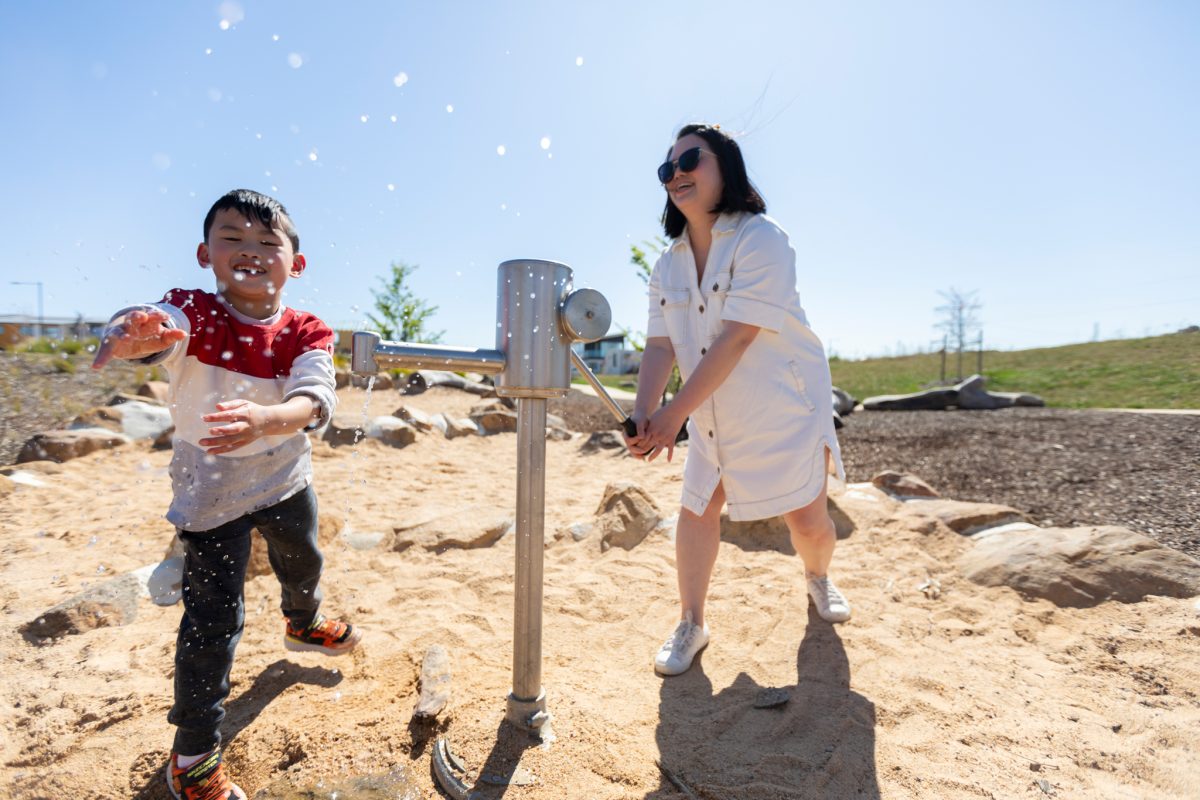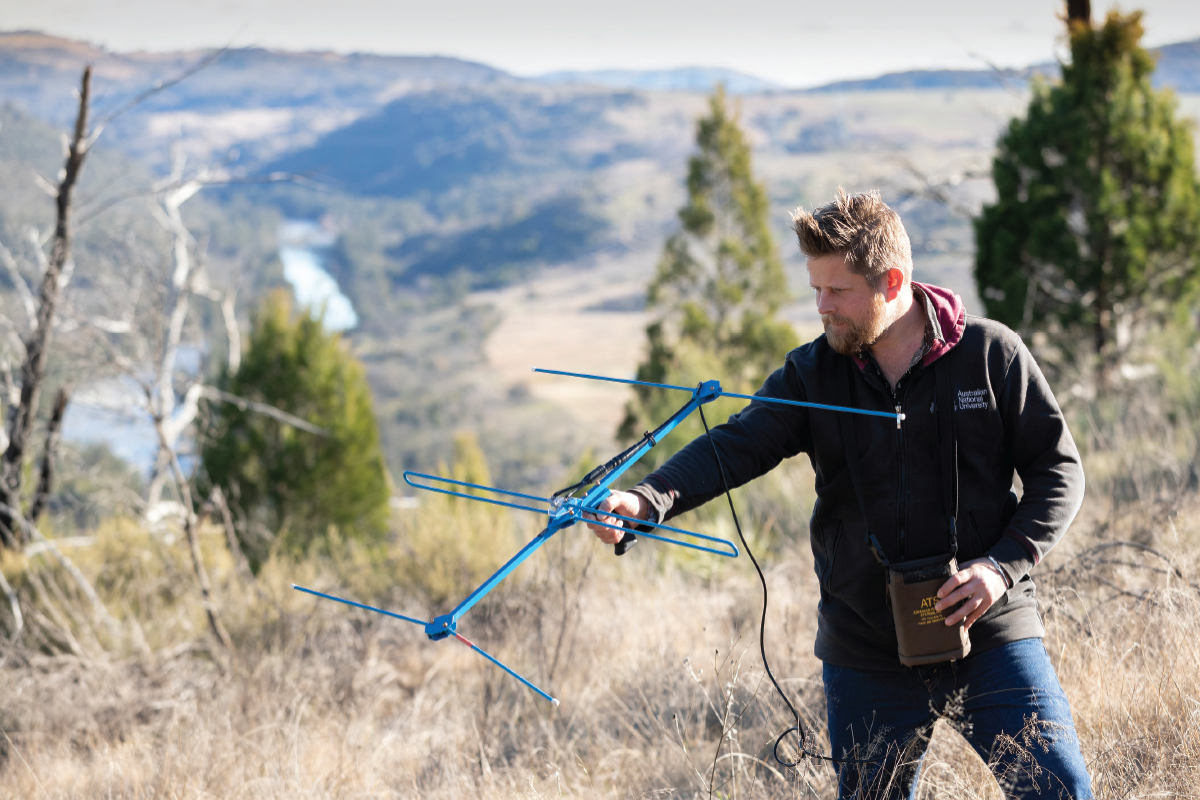A new approach to community consultation
At the very core of the Ginninderry project has been a radically different approach to community consultation.
The method, based on a genuine respect for the community and natural environment, has made an absolute virtue of transparency and engagement with the community, complemented by a strong desire to eliminate the traditional ‘them vs us’ approach to consultation.
Several years ago, the ACT government grappled with the imperative to find suitable land to address the urgent need for new affordable homes for Canberra’s growing population.
Ginninderry stood out over other greenfield possibilities owing to its good connectivity to existing trunk infrastructure, transport, social services and other urban amenities.
It was also clear that a significant increase in Belconnen’s population would help rejuvenate the area’s ageing demographic profile.
It was vital to ascertain that development would not negatively impact the important natural habitats of the area. This meant going beyond preliminary assessments to a higher level of rigorous scientific research and engineering studies in order to assess the impacts and viability of large scale human settlement in the area.
The studies were done first to determine where the ecological sensitivities were to be found in order to assess the scope for urban development.
At any time, the project could have been cancelled had any of the scientific studies found that the ecological impacts were unacceptable.
Fortunately, this didn’t happen. Instead, a vast 577 hectare conservation corridor protecting the unique ecological values of the area has been established.
The comprehensive nature of the scientific and engineering studies has served as the basis for providing an informative foundation for community consultation and engagement.
The People and Place Group (PPG) was formed as a key forum for regular dialogue with community representatives. The members of the People and Place Group represent broad stakeholder interests, both ACT-wide and at the local community level both in the ACT and NSW.
While developing the masterplan in Phase One (2013-2014), the PPG held seven meetings as it carefully honed in on technical studies and the submission of rezoning documentation.
In 2014-2015 the group met six times and came up with themes and ideas for possible statutory place names in the new development, as it turned initial ideas in to a working submission to the ACT Place Names Committee.
The PPG’s mandate is to test and refine ideas, and incorporate feedback on proposals. Its contribution has proved invaluable.
It has served and will continue to serve as a sounding board for community ideas and concerns.
To encourage wider input from the community, the project team also created less formal opportunities for ordinary members of the community to learn about the project and become involved.
First, a project office with a large 3D model of the site was established in the heart of the Kippax Fair Shopping precinct, while a number of community information sessions were also held.

A series of newsletters were distributed to thousands of local residents; and a Community Liaison Officer (CLO) was appointed to identify opportunities for the project to come to the community. This resulted in a presence at local events, facilitating interaction between members and groups in the local community, other ACT-wide peak bodies, the project team and the government.
At the end of several years of this commitment, the project has received many endorsements of its consultative approach.
Of course, support is not unanimous, but the commitment to engage and genuinely interrogate community issues has meant that many people who were initially opposed to the project have shown a willingness to rethink their positions and often accept alternative solutions.
The project’s commitment to genuine engagement has led to a significant number of amendments to the master plan, and to the establishment of a number of important local reference groups that will provide invaluable input as the project enters its detailed planning and implementation phases.


